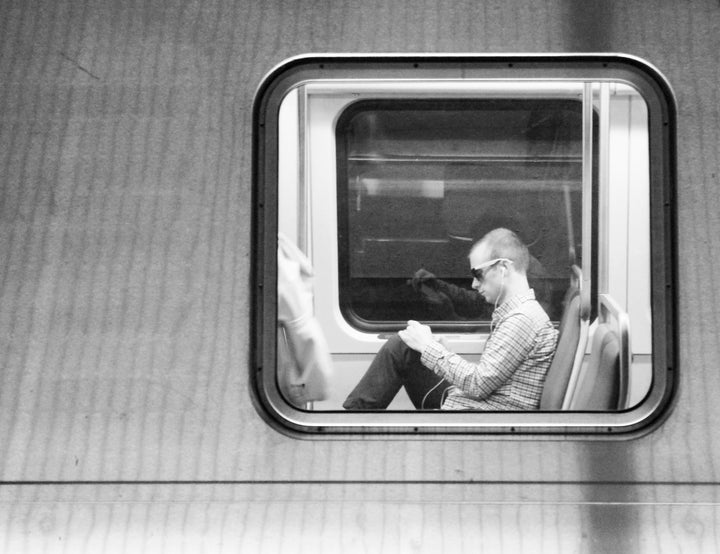
The New York Times recently profiled the story — or the commute, rather — of Sheila James, a 61-year-old federal office worker who lives in Stockton, California, but works 80 miles away in San Francisco. She rises at 2 a.m. so she can catch a bus and two trains to get to her job as a public health advisor. Her total commuting time? Three hours — each way.
This intense commute isn’t by choice. Sheila is part of a growing community of working-class men and women known as “extreme commuters” who, because of skyrocketing real estate prices and a lack of affordable housing, are forced to travel more than 90 minutes one way each day to get their jobs. For Sheila, and millions of Americans like her, a combination of public transit and commuter options aren’t just alternatives to the office carpool — they are lifelines to economic stability.
But strains placed on state and local budgets mean these vital services are under threat. During the Great Recession, agencies were forced to severely cut back by slashing routes and jobs while raising fares, and many of those cuts have yet to be restored. Reductions in service, maintenance, and system expansions don’t just affect extreme commuters like Sheila — they have profound impacts on communities all across the country.
When systems don’t have funds for the most basic of needs, like maintenance, workers who rely on public transit to travel even short distances may find their commutes grueling, unpredictable, and sometimes even life-threatening. The men and women who make a living operating and maintaining these systems are often forced to work with outdated equipment and insufficient manpower. And our country’s unemployed, underemployed and lowest income populations, who can’t afford vehicles but can afford bus and subway fares, are put at an even greater disadvantage. In some cases, lack of access to public transportation can feel like the cruelest of jokes.
Take Minnesota’s Twin Cities, for example. A recent study by the University of Minnesota found that the largest concentration of unemployed workers in the region lack fast or frequent transit service to available jobs. Researchers noted that disadvantaged jobs seekers are often qualified for entry-level positions located in the suburbs, but have no way of actually getting to those jobs.
The same thing is happening in Chicago, where young, black adults face an unemployment crisis of startling proportions. While the state of Illinois’ unemployment rate is 4.6 percent, 60 percent of black 20 to 24-year-old Chicago residents do not have jobs. A recent study identified lack of public transportation options as a primary reason: the majority of jobs in Chicago are located downtown and on the city’s northwest side, far from Chicago’s traditionally black and disadvantaged neighborhoods.
Failing to address our nation’s commuting problems doesn’t just hurt those who use or want to use public transportation — these failures hurt the entire economy. Every dollar spent on public transit returns four dollars to our economy, and every billion dollars spent on transit supports or creates 50,000 jobs. When transit systems or commuter rail lines are built, workers in construction industries see job opportunities with good pay and solid benefits. And when paired with smart procurement strategies and strong Buy America rules, transit-related job creation is further maximized by ensuring bus and rail cars are made here, in the United States. Translation? Not investing in our transit systems costs our country jobs in other sectors and leads to missed opportunities for economic growth.
As lawmakers consider federal transportation funding next week, it is imperative they reject cuts to our nation’s transit and commuter rail systems, and robustly fund these programs. At a time when so many Americans are relying on public transportation as a lifeline to good jobs, investments that will secure and expand these services are more important than ever.
But don’t take our word for it — just ask Sheila James.
